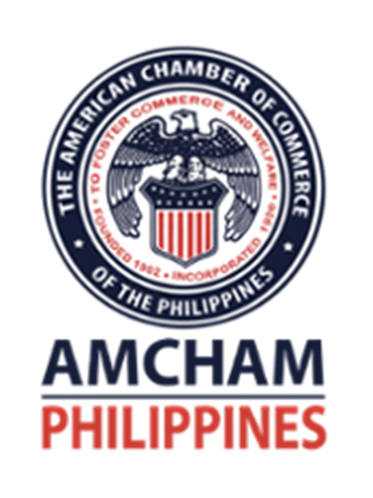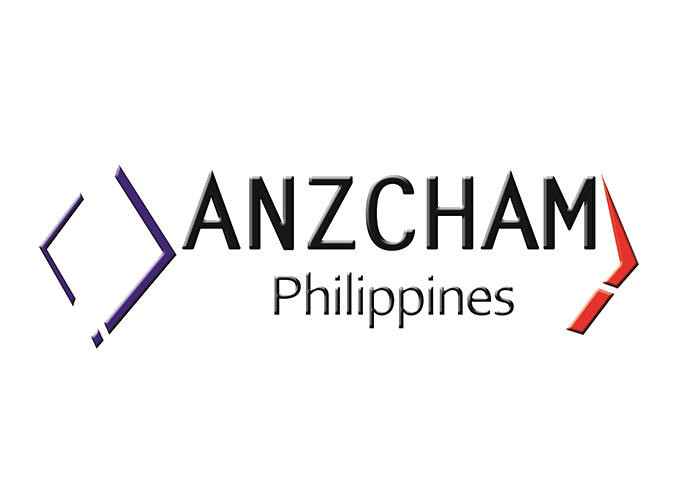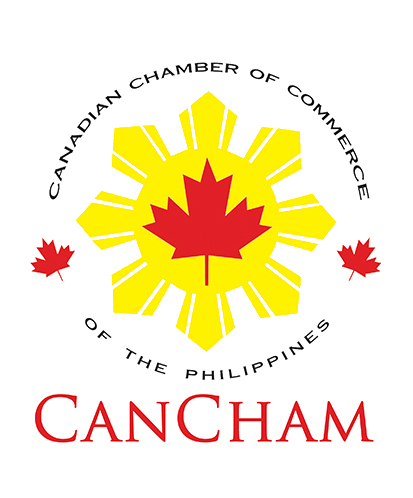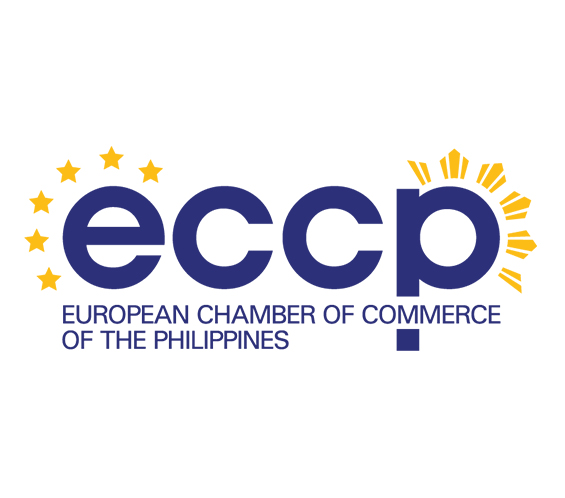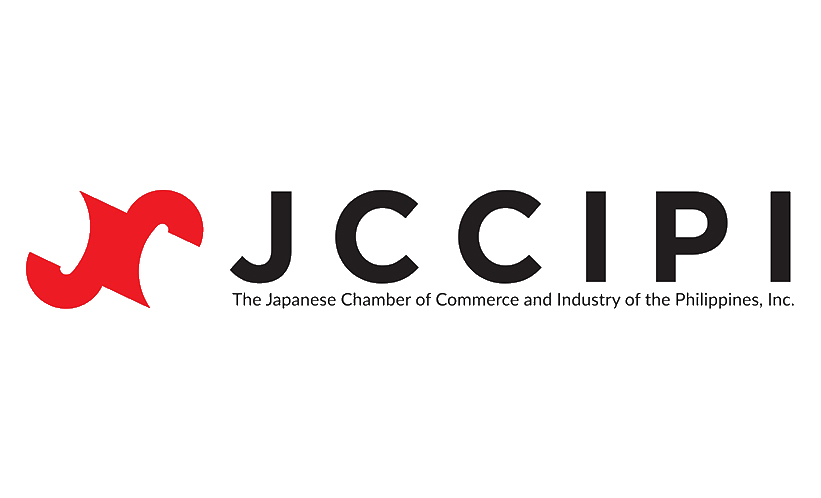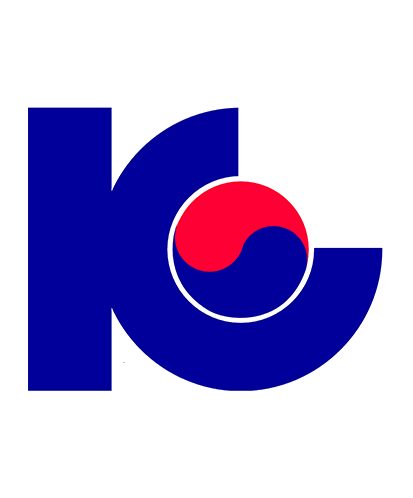[OPINION] Change came in 2010-16
June 29, 2017 at 11:31
Change came in 2010-16
In last Thursday’s event of the Ateneo School of Government, “Change has come? A briefing on the first year of Duterte’s administration,” I showed evidence from three decades of the Social Weather Surveys that there already were extensive gains in governance and the quality of life in 2010-16, though of course many serious problems remained unsolved.
Public morale started being high in 2010, and maintained its momentum up to the first quarter of this year. Satisfaction with democracy hit new peaks after the elections of 2010, 2013 and 2016. Optimism about the economy turned radically, from negative to positive. In personal quality of life, gainers have exceeded losers since early 2015. (See “Six optimistic years,” 1/02/16, “Exceptionally high public morale,” 1/30/16, and “Filipinos got better off in 2015-16,” 2/18/17.)
Poverty, hunger and joblessness had been on the rise since 2004, but finally went over the hump by 2014 (“Poverty has dropped since 2014,” 1/21/17, and “The good news on hunger,” 1/28/17). The best time was when inflation was only about 1.5 to 2 percent—but inflation has now reached the danger zone of 3 percent per year (“Poverty hits a bump,” 5/6/17).
Having a Very Good satisfaction rating (net +50 to +69) in a president’s first three quarters is normal; I will not guess how long it will last. During the honeymoon of Erap Estrada, which lasted a full year, one could not have anticipated that his presidency would flop so soon. The honeymoons of Cory Aquino and Fidel Ramos both lasted for two and a half years, and that of Noynoy Aquino lasted for three years; Gloria Arroyo had no honeymoon at all. What has changed is that now Mindanao is where presidential popularity is greatest.
Public satisfaction with the Duterte administration, as of 2017Q1, is a Very Good +66. The majority of subjects in its latest report card are graded Good (net +30 to +49). The challenge is to maintain this for six years so as to match the Good +47 average under Noynoy Aquino in 2010-16 (“The best rated administration yet,” 8/13/16).
Incidentally, the administration’s three quarterly report cards already have three downgraded subjects: the grade in Eradicating graft and corruption went from Very Good +57 to Good +39; Ensuring that no family will be hungry went from Good +37 to Moderate +22; and Fighting inflation went from Good +33 to Moderate +13.
Public expectations of a president have exploded. In June 2016, 63 percent said President Duterte will keep most, if not all, of his promises. In September 2010, only 38 percent said the same of President Aquino.
Though the people rate the President highly, at the same time they disapprove of his habit of cursing foreign personalities and entities he dislikes, and disagree with his policy of turning toward China and away from the United States (see “A honeymoon with misgivings,” 12/17/16, and “Filipinos don’t pivot,” 5/27/17).
Most people say that the war against illegal drugs is succeeding. But 9 out of 10 say that drug suspects should be taken alive. Seven out of 10 fear that their own family may fall victim to extrajudicial killing. Regarding claims by the police that the victims had resisted arrest, those saying the police are lying outnumber those saying they are telling the truth.
The rate of victimization by common crimes did not fall much in 2016/17. Fears of burglary of the home and of danger in the streets at night, and the sense of too many drug addicts nearby, are rising (“Crime down, but fearful up,” 2/24/17).
Regimes may change, but the Filipino people do not. Collectively, they are reliable, and should be heeded.
Source: https://opinion.inquirer.net/105035/change-came-2010-16





















































